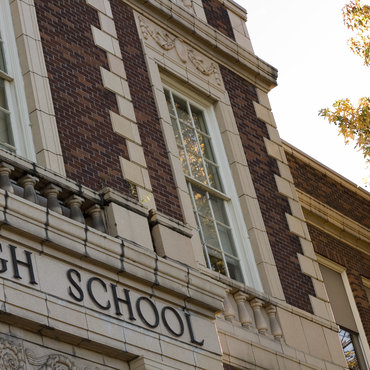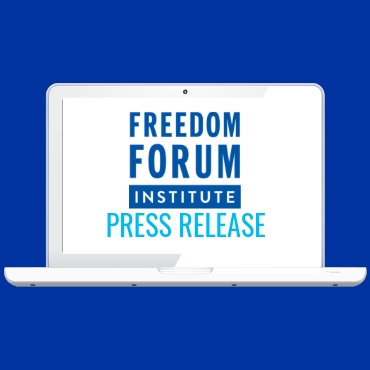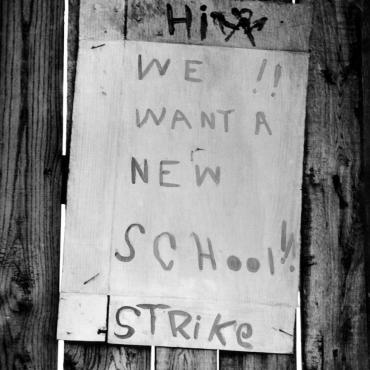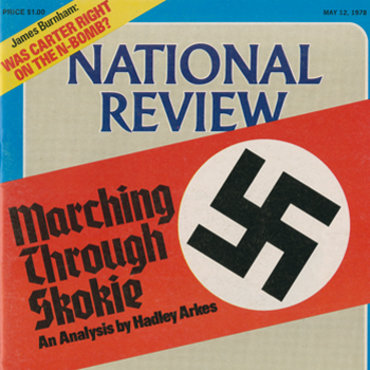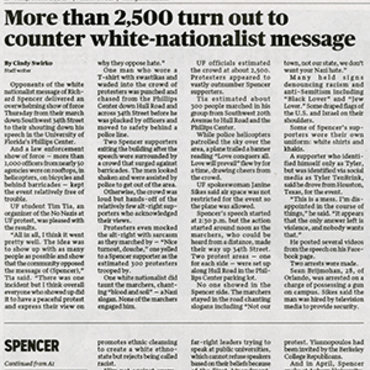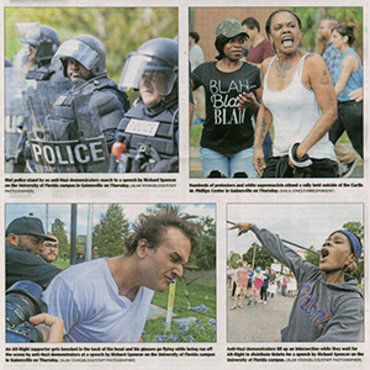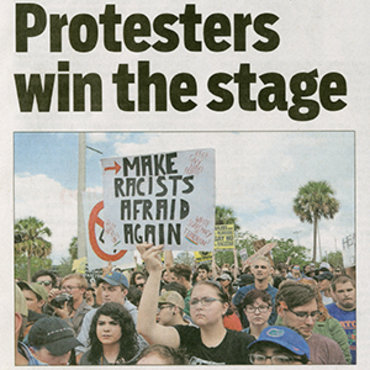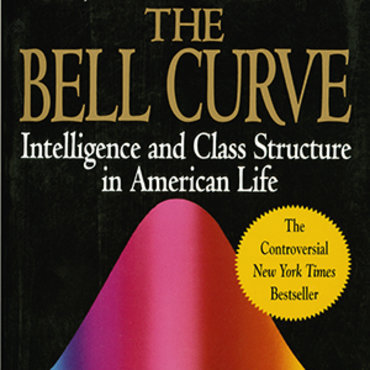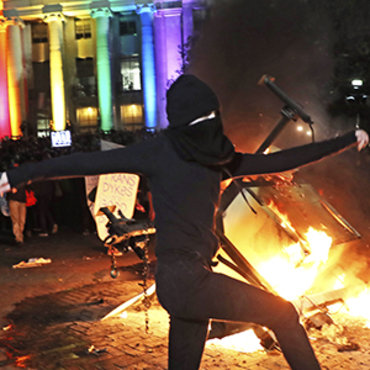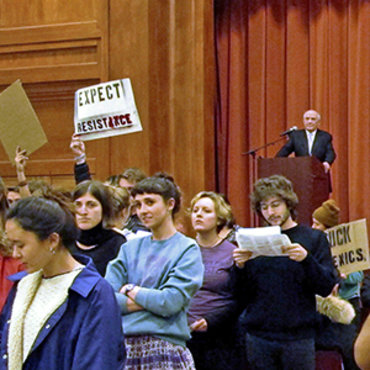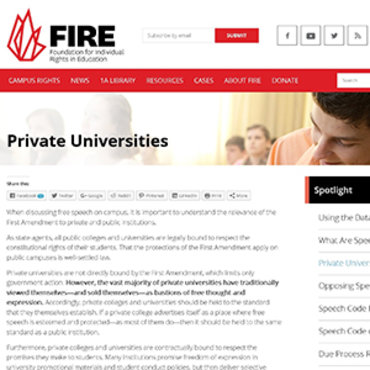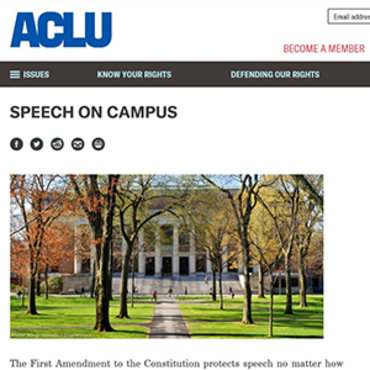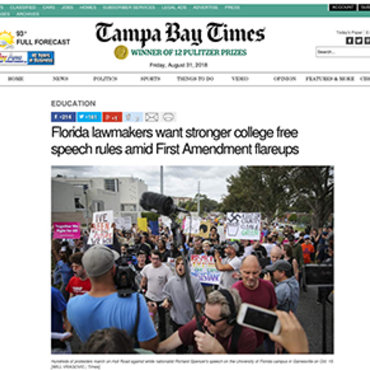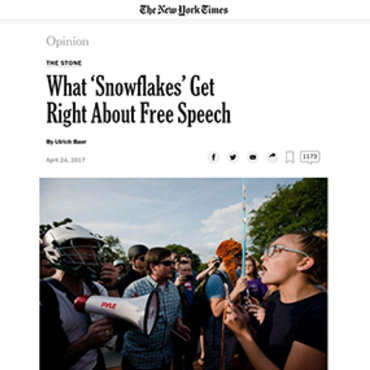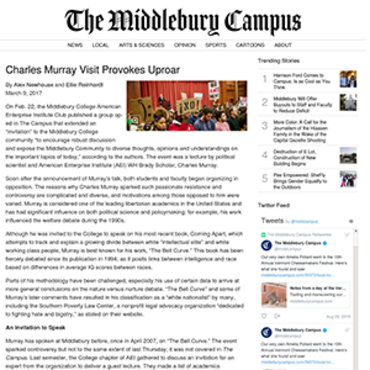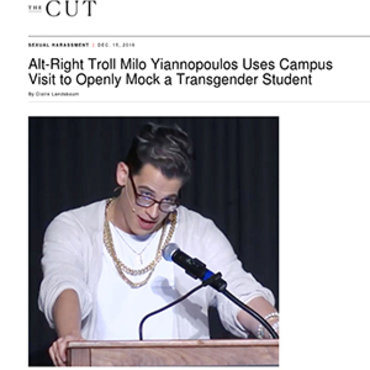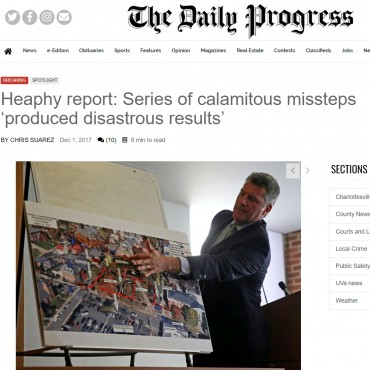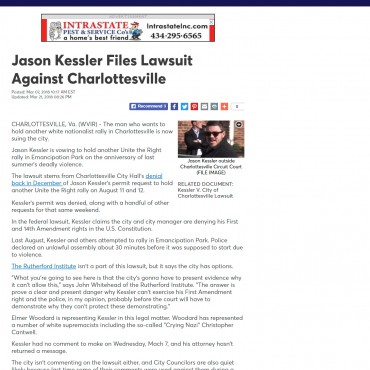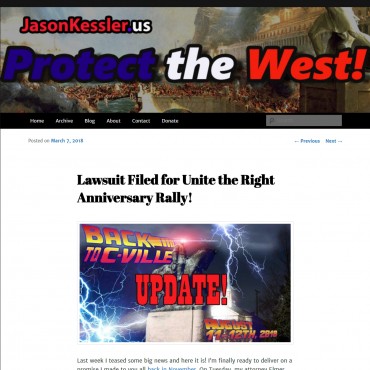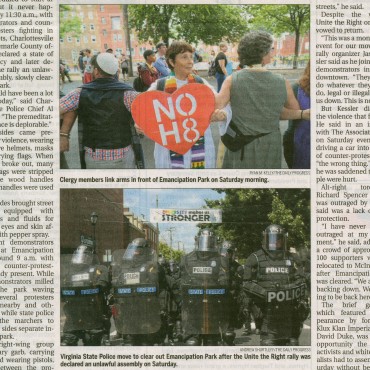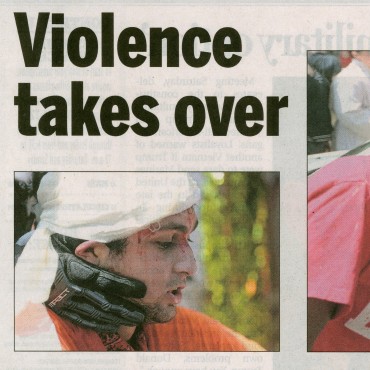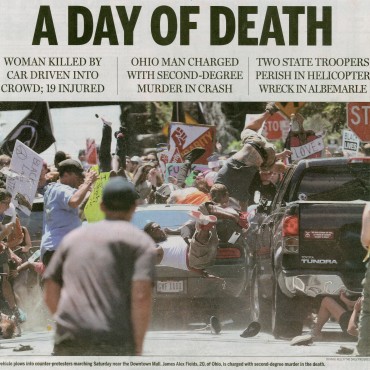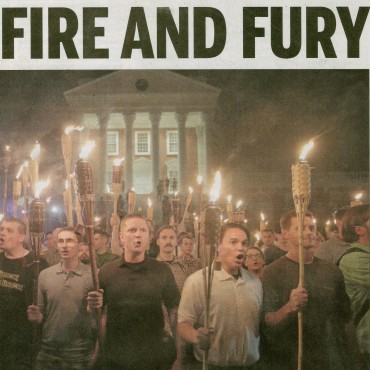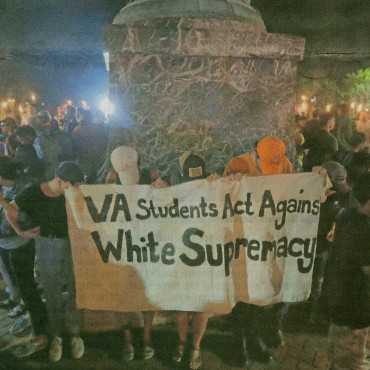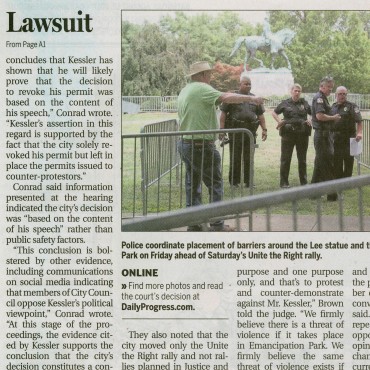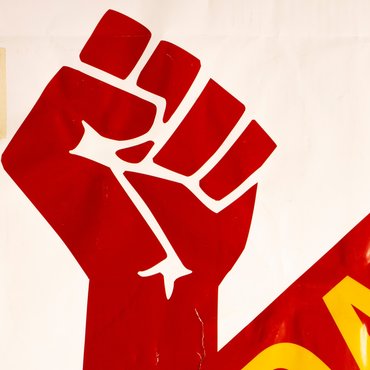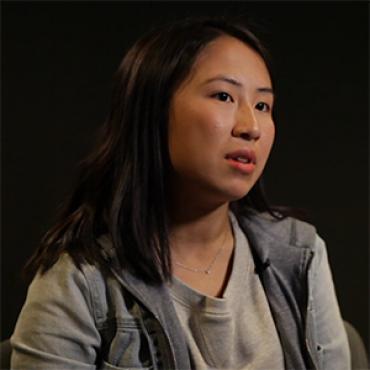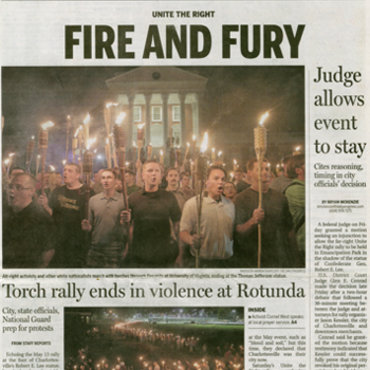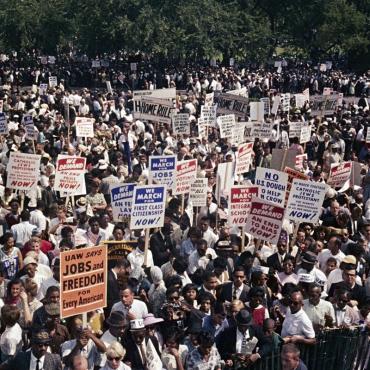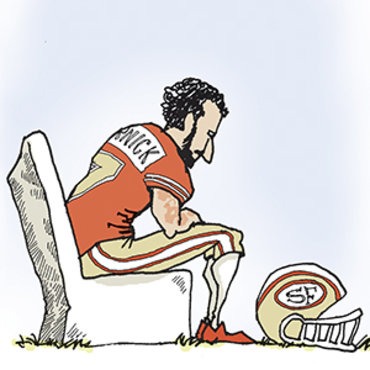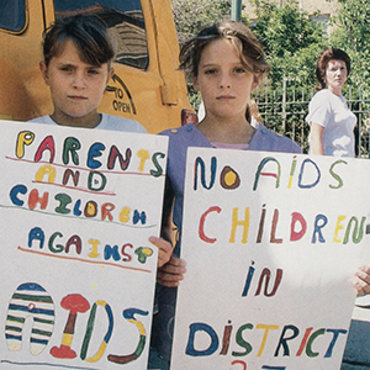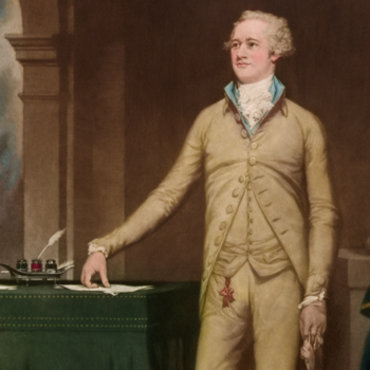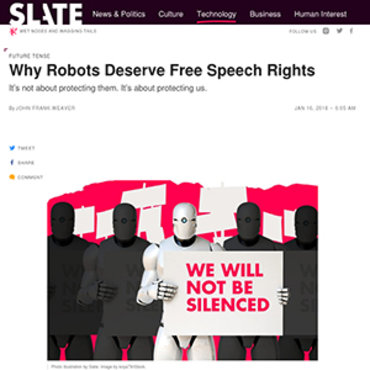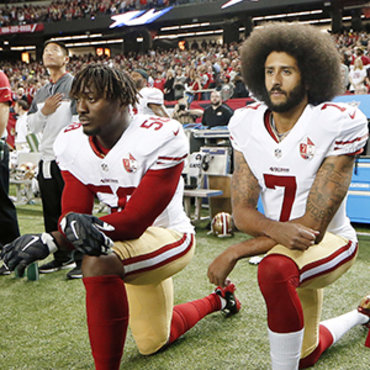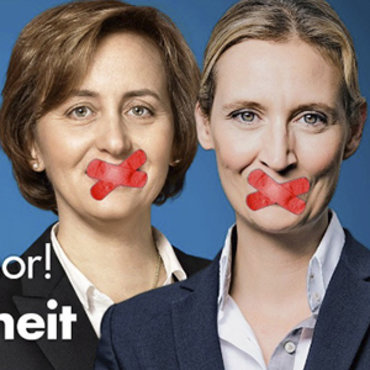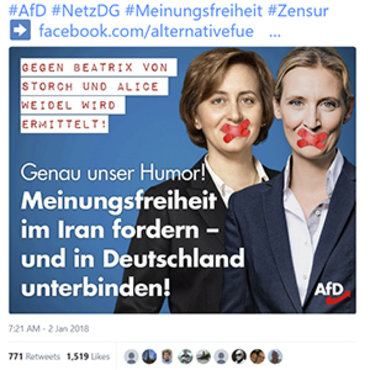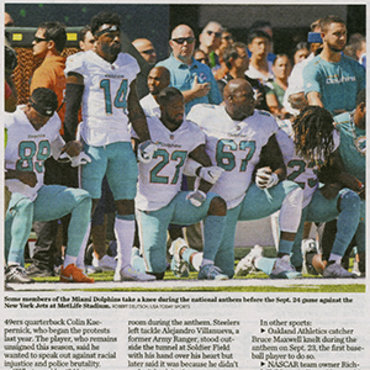Free Speech: UC Berkeley Riots Over Campus Speaker
Use this classroom-ready lesson to examine free-expression issues surrounding a controversial speaker invited to appear at UC Berkeley. We provide questions to help guide your students on if and when offensive speech should be banned, and what are the competing groups and interests.
$nbsp
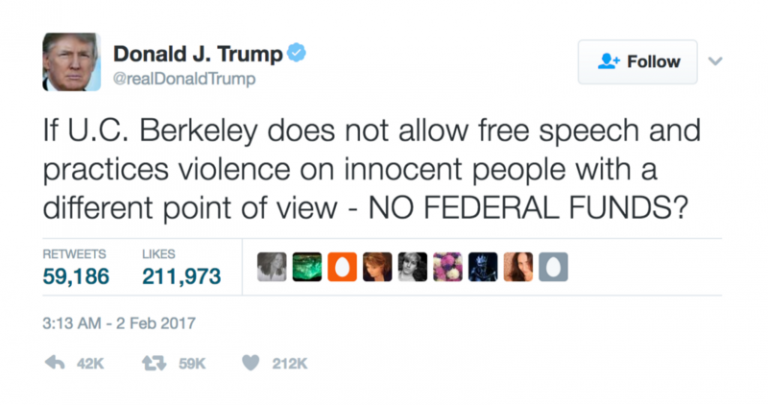
The statement at left appeared on President Donald Trump’s Twitter feed on Feb. 2, 2017, the morning after riots shut down a scheduled speaker on the University of California, Berkeley campus. His tweet raised some interesting questions about free speech and censorship that surrounded this case that I, as a UC Berkeley student, found particularly compelling to explore.
Milo Yiannopoulos, a then-Breitbart editor and right-wing provocateur, was invited by the Berkeley College Republicans student group in an effort expose the dominantly liberal campus population to a more conservative viewpoint. Yiannapoulos’s speech was ultimately canceled after protests turned violent and became a national media spectacle, as many saw the incident as an attack on free speech on the very campus that birthed the free speech movement in 1964.
Below is a case-study lesson plan I created that aims to shed light and open discussion on the questions and conflicts surrounding free expression.
Newseum Education uses a case-study approach in many of the media literacy and First Amendment classes it offers on-site and virtually. Students, in groups, discuss a case and what courses of action they might take. They can choose from options provided or come up with their own answer. There are questions to help guide the discussion, as well as more background on the incident.
The Case
You are an administrator at a prestigious public university, in charge of coordinating student groups and events. A right-wing club on campus has proposed bringing a controversial speaker to campus, whose presence on college campuses has allegedly led to incidents of violence in the past. Many oppose the speaker’s event and claim that the speaker incites hate speech and targets specific individuals and groups. The club invokes its First Amendment right to free speech in justifying bringing the speaker to the school for the purpose of promoting political debate. As the event approaches, members of your campus community start protesting the speaker’s presence. Students and faculty members have called on the administration to cancel the event. Local police forces gather intelligence that some outside groups may resort to violent protests on the day of the event. You and the rest of the administration must decide how to handle the situation.
With your group, come to a consensus about how you would handle the situation:
- Cancel the event. The speaker should not be given a platform to deliver what could be hate speech targeting members of the student body.
- Cancel the event. Safety is a priority and the police intelligence suggests that the event could endanger the campus.
- Allow the event to proceed as planned and provide safety measures to the campus group to ensure that the speaker, event attendees and all campus community members are protected from potential violence.
- Allow the event to proceed as planned but hold the campus group hosting the event responsible for providing and paying for adequate safety measures at the event.
- Suggest a different solution.
Think About This
- Consider the different actors in this case: the administration, the campus group hosting the event, the speaker, students, parents, and any others you might think of. What are each of their interests, and what might they do to protect them?
- When should the First Amendment be limited, if at all?
- Should there be a hate speech exception to the First Amendment?
- Which freedoms guaranteed in the First Amendment could come into conflict in this case?
- How would you expect different groups to react to the event being canceled? The event proceeding?
- Are there any alternative tactics students who oppose the speaker’s point of view could use other than calling to cancel the event? Should they use them?
- The Supreme Court has ruled that speech that substantially disrupts or undermines the educational process can be limited. Do you think that applies in this case? Why or why not?
Questions to Discuss
- Should people who have views that demean individuals or groups on the basis of race, gender, religion, etc., have a right to express them? Why or why not?
- Do the students have a right to only hear “non-offensive” speech?
- What role do college campuses play in making students feel safe and protected?
- How would this university being public versus private affect the situation?
- How would the situation be different if the speaker’s presentation was published in print and distributed on campus by the group instead of delivered live?
- How might political views/bias impact different actors in this situation?
- Do you think free speech can be violent? If so, are protesters justified in responding with violence?
- What precedent might canceling this event create for future speakers?
Background
In 2016, the Berkeley College Republicans (BCR) invited the well-known alt-right provocateur Milo Yiannopoulos to speak on the University of California, Berkeley campus the following February. After the event was announced, campus groups and students began criticizing the administration for allowing the event to proceed, with some calling on school administrators to cancel the event. Many feared that Yiannopoulos, who has a history of sexist, Islamaphobic, racist and transphobic comments, would use his speech to target specific minority groups and individuals. In addition, rumors began to circulate that he would publicly out undocumented students. While such claims were never explicitly confirmed, many used them to protest the event and label Yiannopoulos’s planned speech as “hate speech.” After receiving a letter from a group of faculty, then-Chancellor Nicholas Dirks sent a letter to the campus affirming the rights of BCR to invite speakers to campus, noting that to preemptively prevent Yiannopoulos from speaking would be in violation of the First Amendment. The campus administration required the Berkeley College Republicans to raise up to $10,000 for security costs, a standard practice with any host group.
 On Feb. 1, 2017, the day the Yiannopoulos event was scheduled for, thousands of students planned to gather outside the building where the speech was to take place. A Facebook event outlined the details of the protest, which was intended to be peaceful. But as the evening drew nearer to the start time of the event, a group of 150 individuals began inciting violence, throwing rocks and smashing the windows of the building where the event was set to take place. A fire was lit outside, and a flood light was knocked over. Campus police ultimately decided to cancel the event as the rioting continued, citing concerns over the safety of Yiannopoulos and others in the area.
On Feb. 1, 2017, the day the Yiannopoulos event was scheduled for, thousands of students planned to gather outside the building where the speech was to take place. A Facebook event outlined the details of the protest, which was intended to be peaceful. But as the evening drew nearer to the start time of the event, a group of 150 individuals began inciting violence, throwing rocks and smashing the windows of the building where the event was set to take place. A fire was lit outside, and a flood light was knocked over. Campus police ultimately decided to cancel the event as the rioting continued, citing concerns over the safety of Yiannopoulos and others in the area.
The aftermath of this incident included several concerns about the status of free speech on college campuses. President Donald Trump’s tweet threatening funding at the university sparked national anger, particularly after it was determined that the majority of the violent protesters were not UC Berkeley students. The Berkeley College Republicans decried the violence and what they labeled the death of the free speech movement, which UC Berkeley had been home to 53 years before. Some students defended the use of violence as a means of canceling the event, claiming that Yiannopoulos’s words might have been just as harmful. (A survey of college students nationwide in September 2017 by the Brookings Institute found that 19% of students – including 20% of Democratic-affiliated and 22% of Republican-affiliated students – believe that it is acceptable to use violence to prevent someone from speaking.)
This incident was not the only recent case of speakers being prevented from speaking at college campuses. At Middlebury College, Charles Murray was prevented from speaking, as was former New York Police Department commissioner Ray Kelly at Brown University. At the University of Pennsylvania, CIA Director John Brennan was shouted off the stage. The First Amendment Report Card by the First Amendment Center noted that this pattern is one of the most significant threats to free speech.
A white paper published by the Newseum Institute explores the issues surrounding free expression on college campuses.
More Perspectives on the Issue
- Read the open letter sent by UC Berkeley faculty members calling for the cancellation of the event.
- Read the op-ed by representatives from Berkeley College Republicans defending their choice of speaker.
- Read Chancellor Nicholas Dirks's statement affirming Yiannopoulos's right to speak on campus.
- Read how one student defends the violence at the protests as a form of self-defense.
- This opinion piece in The New York Times weighs in on the debate regarding campus speech.
View a Newseum video that explores the issue of hate speech.
Hannah Nguyen is a junior at UC Berkeley, where she is majoring in political science and works for its newspaper, The Daily Californian. She is interned in the Newseum's Education Department during summer 2017.


